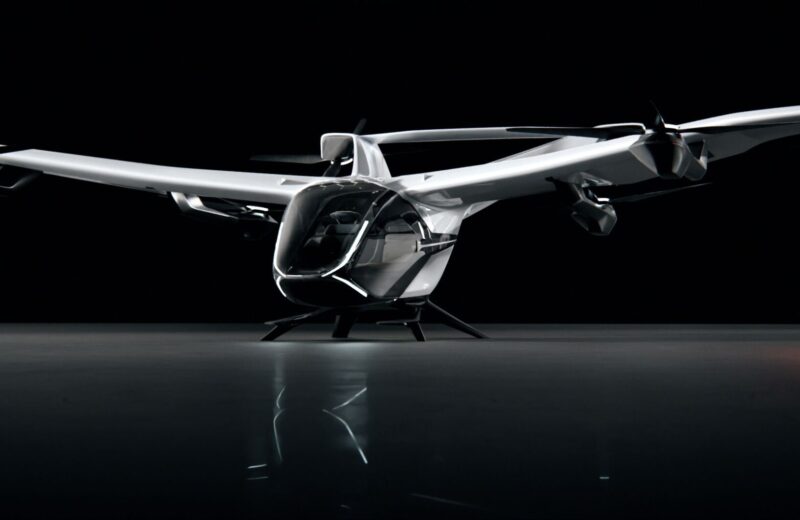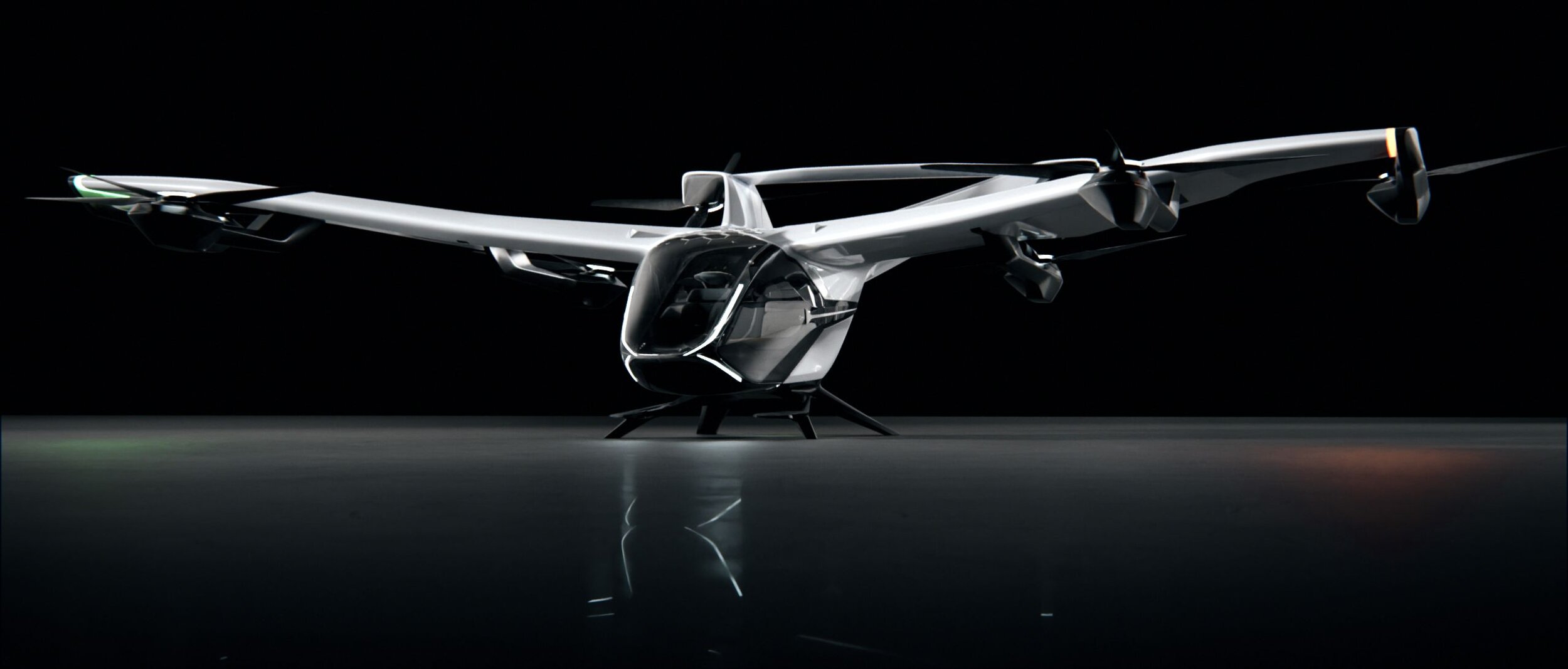Revolution.Aero Uplift: CityAirbus NextGen enters the arena

exc-616ef0c63d2430319618503b
The air taxi revolution is bringing sexy back to aviation. In a big way. If you don’t believe it, look at the refreshed CityAirbus NextGen eVTOL with its fixed wings, V-shaped tail and all-electric form.
Although it looks very different from the first CityAirbus, Joerg Mueller, head of Urban Air Mobility at Airbus, tells Revolution.Aero it is not that different. In fact, he said the NextGen is a natural evolution with a lot of commonalities – even if it doesn’t look like it – with its previous iteration.
“We have taken the learnings and distilled what we think is the perfect design point for a future urban air mobility vehicle,” said Mueller.
According to Balkiz Sarihan, head of UAM Strategy Execution & Partnerships, Airbus: “It is the best of both worlds of the Vahana and CityAirbus.” These two vehicles have had 242 flights and ground tests and 620 miles (1,000kms) in the air.
The NextGen will have a range of 50 miles (80kms) and reach a cruise speed of 75 miles per hour (120 kms/h). Airbus will hope to certify the aircraft in 2025, with EASA’s special condition enhanced category.
The Airbus UAM team has chosen airport shuttle flights from within cities as one of the major applications for the NextGen. “We think that there is really a strong passenger density and need for trips between, let’s say, an airport and a business district.”
Mueller says: “It has been designed for an urban or suburban mission where the distances and speed that you fly are not so huge. And that allows the design choice of building such a winged multicopter design. So, the future one is combining the advantages of having a wing, which brings more efficiency in forward flight, with the simplicity of a multi-rotor or a multicopter drone-type architecture that is only RPM [controlled by varying the rotation speed and thus the thrust of each propeller] controlled.”
When compared with existing ground transport routes such as trains or taxi services, Mueller says the time savings of air taxis will quickly justify their value. “In an ideal case, you can do these missions in 10-12 minutes, instead of an hour, and the passenger will value that by paying a certain premium.”
The cost of this service is likely to be a notch above what you would pay for a premium ground taxi service. But Mueller says there are ways to make it most efficient, by flying the optimal routes and carrying as many passengers as possible in each trip.
Tourism and emergency medical services are also being considered for some of the first use cases, according to Sarihan. “The design choice of being able to fly from any helipad or urban point is an important consideration. We are also thinking of tourism applications,” she says.
In order to begin flights without too many restrictions, NextGen’s first missions will initially rely on existing infrastructure on top of buildings, hospitals and in rural areas.
Sarihan said it was imperative for the first use cases to be directly beneficial to the public and not just a specific group of passengers.
The NextGen eVTOL’s initial missions will be piloted, with a push towards autonomous flight to follow. “We need to make sure that the technology is there to automate the flight path and ensure safety at all times,” says Mueller.
Airbus looks to leverage its existing relationships with helicopter and other operators for operations.
Sarihan concludes: “This is not something that we will do on our own. We shall not do it alone and we must not do it alone. It’s not going to be a one-size-fits-all-solution.”








